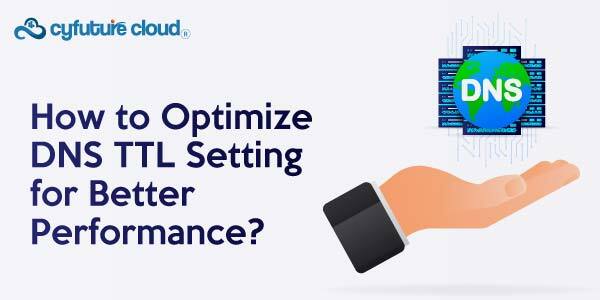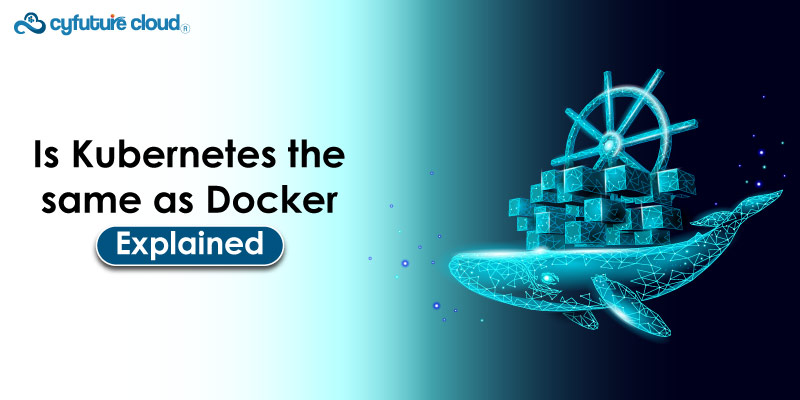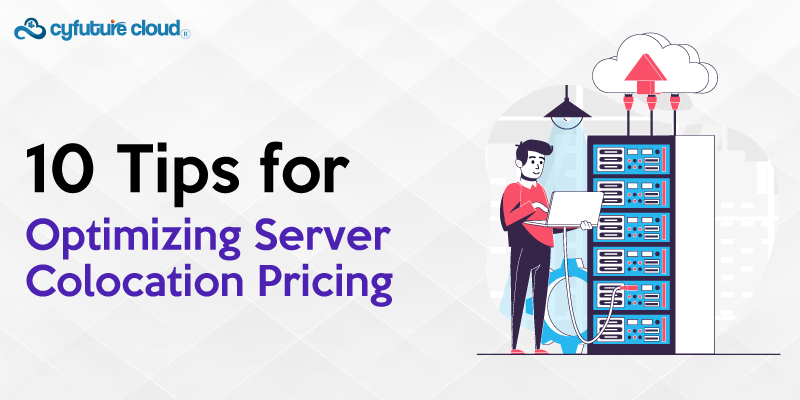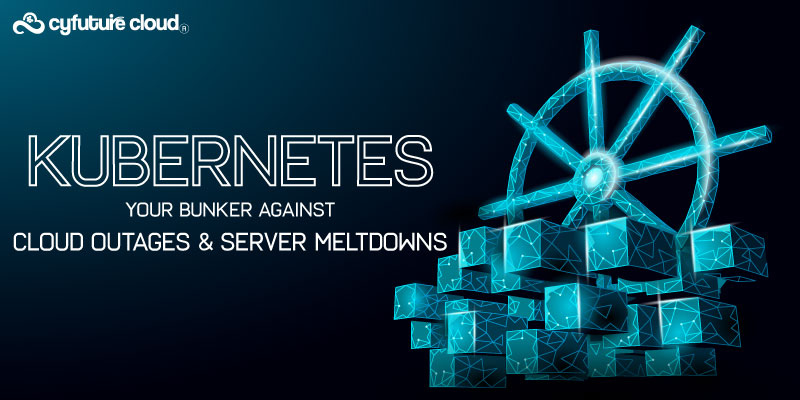Kubernetes technology is an efficient technique for managing containers. It allows us to manage and coordinate multiple containers. Applications, usually small, are manageable through Kubernetes technology by operating them in clusters of computers. The whole technique promises the efficient running and scaling of containers as per requirements.
Now the requirements can be volatile, sometimes a user may need more resources or fewer resources, Kubernete technology allows the user to seamlessly use the containers and handle any failures automatically. Essentially, with Kubernetes, we can take care of complex tasks that typically involve running many containers.
The Concept Behind Simplifying Application Management and Automation
In the Kubernetes platform, we have Kubernetes operators that are an even more powerful version. Developers leverage this technology as it allows them to automate and manage complex applications and services. In other words, Kubernetes is currently the most robust way of container orchestration.
- Operators, in particular, are capable of encapsulating application-specific knowledge. Plus, they encapsulate operational expertise in controllers and customized resources.
- You can define and create specific customized resources with operators. Also, it represents a larger abstraction of applications and services.
- These customized resources define the directions of your application deployment, configuration, and management with the Kubernetes cluster.
- Furthermore, the controllers associated with these resources monitor the operations and ensure taking appropriate actions for obtaining desired outcomes.
- Managing applications and services in Kubernetes is quite complex and quite challenging to manage; however, by using operators it becomes easy.
- Another benefit of using operators is that it allows us to automate tasks such as deployment, scaling, backing up, and restoring procedures, etc.
- Operators provide configuration updates and a declarative approach to managing the application’s lifecycle. Defining and enforcing best practices and operational policies becomes easier and seamless with operators.
- Kubernetes Operator Framework encompasses tools, libraries, and built-in practices that are conducive to the successful creation and management of operators.
- The developer gets Operator SDK (Software Development Kit) in the Operator Framework, which allows him to build and test operator function seamlessly.
- Also, there is an Operator Lifecycle Manager (OLM) which allows developers to deploy and manage operators within the cluster of computer systems.
There is a whole community of Kubernetes that deems the necessity for adopting the operators as it brings a variety of benefits to application development. As we speak, many cloud-native projects under progress, have started taking leverage of developing and providing operators for their applications. In fact, these operators allow helping them run their database functions and other services.
Kubernetes operator is being widely accepted worldwide for its simplicity and convenient deployment mechanism. It is also capable of managing complex applications. Furthermore, the deployment of operators for application is constantly monitored to check if there are any irregularities. Due to its ability to manage intricate applications, developers adopt this technique, making Kubernetes more accessible and powerful already.
Summary: From the above section, it is clear that Kubernetes Operators are quite beneficial for application development as they extend the capability of Kubernetes. Especially when it comes to automating and managing complex applications and services, these operators work just fine.
Also, there are many other features like providing a declarative approach, simplification of deployment, scaling, and maintenance of clusters. Operators are a valuable tool for improving productivity, reducing operational overhead, and ensuring the resiliency of cloud-native applications.
Latest Trends in the Adoption of Kubernetes
Despite being over eight years old, Kubernetes is still one of the most rapidly evolving technology platforms. As we enter 2023, it is expected to be a major focus of innovation within the DevOps ecosystem. New tools and techniques will continue to emerge, addressing the challenges and improving the user experience of Kubernetes.
To put it simply, we’ll explore five significant Kubernetes techniques using the open-source container orchestration platform. You can deem them as viable techniques or trends that will have a significant impact on Kubernetes and its functionalities.
- Improved Security
In the near future, Kubernetes deployment will be enhancing the security systems twofold at least. The package will encompass a few features such as better protection for containers, advanced network policies, encryption of sensitive data, and security tools integration. These improvements focus on making Kubernetes more secure and reliable for crucial applications.
- Simplified Operations
We all know how complicated it can be, to manage Kubernetes. Apparently, new tools and frameworks will come forth to simplify operations and provide more user-friendly Kubernetes. We would be able to automate non-strategic tasks, streamline deployments, and render interactive interfaces for efficient management and Kubernetes Cluster supervision.
- Multi-Cloud and Hybrid Deployments
The adoption rate of multi-cloud and hybrid cloud strategies is touching the sky. Apparently, the organizations are going to continue to adopt it in the near future too. Furthermore, Kubernetes is going to play a central role in the deployment and management of different cloud environments. Plus, it will seamlessly support hybrid deployments, provide robust networking solutions, and make APIs more compatible and portable.
- Serverless Kubernetes
The reason behind the increasing popularity of serverless computing comes from its simplistic adoption. This year we will witness a Kubernetes integration with serverless technologies. The integration is like to end up having a fully-functional serverless Kubernetes. The concept will further simplify the application deployment and automate upscaling and downscaling of resources.
- Observability and Monitoring
The deployment of Kubernetes is obviously a complex maneuver. On top of that, it requires extensive observation and supervision. The monitoring procedure is likely to get crucial in the upcoming years. So, naturally, we are going to see some advancement in observatory tools, logging frameworks, and metrics aggregation platforms for sure.
Experts suggest that these tools will have a list of features that will enable the users to obtain real-time insights into the health and performance of Kubernetes clusters and applications. Also, we will be able to check the behavior of these applications. These deployments will facilitate troubleshooting and optimization of the applications.
In Conclusion
Despite the decade-old existence of Kubernetes, it has been continuously evolving at a uniform pace. During the period between 2023-2024, we are expecting some innovative inclusions in security protocols and usability methods. Things like multi-cloud support, serverless integration, and extensive observability are going to shape a new form of the Kubernetes platform; simplifying and optimizing the capabilities of Kubernetes orchestration.
Let us frame out a few very critical and central questions that would help you in deciding whether the Kubernetes Platform is the right fit for your business.
Do you have your own host infrastructure?
One of the initial considerations is determining the hosting environment for your Kubernetes clusters. If you intend to utilize your own servers, you will need to select a distribution that is compatible with private infrastructure. Several distributions, such as OpenShift, Rancher, and Platform9, offer this capability.
Cloud-based services like Amazon EKS also support running Kubernetes on private infrastructure, given specific configurations. However, certain Kubernetes services are exclusively designed to operate within the public cloud. In such cases, if you had plans to leverage your own infrastructure, you will not have the option to do so.
Are you running Kubernetes for testing or production?
Another fundamental aspect to ponder is whether your intention is to experiment with Kubernetes or deploy production-ready clusters. If you are exploring Kubernetes for non-production purposes, it is advisable to consider simplified distributions like K3s or MicroK8s.
These lightweight options can be installed on your laptop, providing a convenient environment for experimentation. It is important to note that investing in a production-grade Kubernetes service should only be considered if you genuinely require it for production use.
Do you require bare-metal support?
The decision to deploy Kubernetes clusters using either bare-metal nodes or virtual machines has proponents and detractors. Opting for bare metal typically yields superior performance. Any business that aims to have management and monitoring of their containers must opt for bare-metal support.
But it can present management challenges in certain aspects (although it may be easier to manage in other areas since there is no need to handle a hypervisor or orchestrate virtual machines).
If your preference leans towards bare-metal Kubernetes, it is crucial to verify that the service you are evaluating supports this deployment method. It’s worth noting that some services, particularly cloud-based Kubernetes offerings, may currently lack compatibility with bare-metal deployments.
Do you require multi-site, multi-cluster Kubernetes?
In the present day, the majority of Kubernetes services offer support for multiple clusters, enabling the management of multiple clusters using a single control plane. It has become an intrinsic part of the service.
However, it is important to note that only a subset of these services allows managing clusters located in different environments, such as a public cloud and a private data center. Some distributions may require that all clusters reside within the same data center or cloud.
For organizations with intricate hybrid or multi-cloud architectures aiming to distribute Kubernetes clusters across different locations, it becomes essential to carefully assess the specifics of multi-cluster support while evaluating Kubernetes services.
How much support do you need from Kubernetes?
Typically, Kubernetes services provided by public cloud providers offer the least extensive level of support. While basic support services are available, they do not encompass white-glove support or fully managed services.
For a more comprehensive level of service, you can turn to Kubernetes platforms that are not affiliated with specific cloud vendors. However, it’s important to note that additional fees may be required to access these enhanced support offerings.
What are your honest opinions about Kubernetes Configuration?
While most Kubernetes services offer customization options, certain services tend to be more “opinionated” compared to others when it comes to the recommended or pre-configured settings. When evaluating a distribution or service, it is important to consider factors such as the supported Container Network Interfaces (CNIs) and container registries, as well as the ease of modifying these default options, if desired.
Conclusions: The Kubernetes ecosystem is intricate, with numerous services and distributions available. As Kubernetes vendors continue to broaden their offerings and new features are introduced, the ecosystem is expected to become even more complex. While there may not be a universal solution for determining the best Kubernetes service, there are standard questions that can guide the decision-making process on this matter.
Send this to a friend

 Server Colocation
Server Colocation CDN Network
CDN Network Linux Cloud Hosting
Linux Cloud Hosting Kubernetes
Kubernetes Pricing Calculator
Pricing Calculator
 Power
Power
 Utilities
Utilities VMware Private Cloud
VMware Private Cloud VMware on AWS
VMware on AWS VMware on Azure
VMware on Azure Service Level Agreement
Service Level Agreement 



















